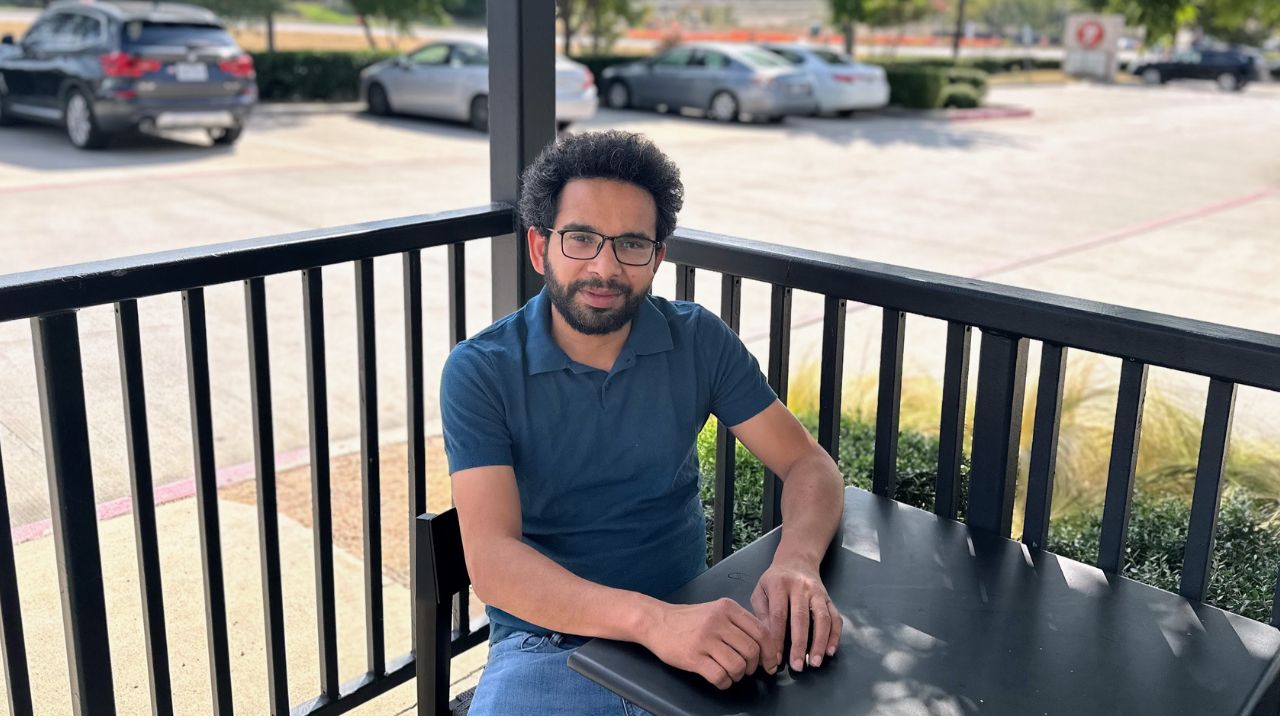In the pursuit of cutting-edge electromagnetic device design, a transformative approach is emerging that fuses machine learning with classical electromagnetic theory. By integrating advanced algorithms with Maxwell’s equations, engineers are revolutionizing how device parameters are optimized. This innovative convergence not only enhances the precision of design predictions but also accelerates the development process, setting new standards in the field of electromagnetic engineering.
The fusion of machine learning with traditional engineering principles is revolutionizing the way complex problems are approached, particularly in the realm of antenna design. By utilizing machine learning algorithms in conjunction with Maxwell’s equations, engineers are now able to optimize antenna designs with unprecedented precision and efficiency. This innovative approach not only accelerates the design process but also enhances the performance and reliability of antennas, which are crucial components in modern communication systems. The integration of these advanced technologies marks a significant leap forward in engineering, pushing the boundaries of what is possible and setting new standards for excellence in the field.
In the rapidly advancing field of electromagnetic device design, Saandeep Sreerambatla has made significant strides by integrating machine learning with traditional electromagnetic theory. His work, particularly in the context of optimizing device parameters, has been transformative. Sreerambatla developed a machine-learning model that predicts optimal device parameters for desired resonant frequencies, incorporating Maxwell’s equations into the process. This innovative approach includes a physics-based loss function that enhances the accuracy of predictions, setting a new standard in the field.
The significant milestone in the expert’s career was the development of an inverse design algorithm utilizing Lmfit, which has notably streamlined the design process for electromagnetic devices. “By effectively merging electromagnetic theory with machine learning techniques, this algorithm introduces a novel approach to optimization that could have broad applications across various engineering fields” he mentioned. His work led to the creation of a comprehensive device design optimization system that integrates electromagnetic simulations, machine learning models, and optimization algorithms. This system has notably accelerated design iterations by accurately predicting performance parameters, reducing reliance on physical prototypes, and subsequently cutting costs.
Moreover, his work tackles the complex challenge of embedding Maxwell’s equations within machine learning frameworks, effectively bridging the gap between theoretical electromagnetics and practical device design. His inverse design solutions skillfully manage multiple constraints, optimizing various device parameters simultaneously. While specific results have not been detailed, the impact of his innovations is reflected in the significant time and cost savings achieved during the design process.
Sreerambatla’s work highlights the potential of integrating machine learning with fundamental physical principles, a trend that could lead to new approaches in engineering design optimization. This method allows for the rapid exploration of design spaces that would otherwise be computationally intensive, suggesting that such hybrid methodologies may become increasingly common in engineering practices.
In conclusion, the contributions represent an important step forward in the evolution of electromagnetic device design, showing how the combination of machine learning and Maxwell’s equations can lead to advancements in engineering. By addressing both theoretical and practical aspects of device optimization, Saandeep Sreerambatla’s work not only streamlines the design process but also opens up possibilities for more accurate and efficient engineering solutions. As this approach gains recognition, it could lead to further developments in the integration of computational intelligence with fundamental scientific principles.












